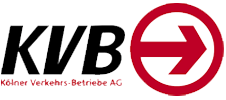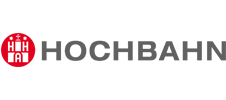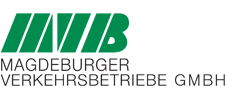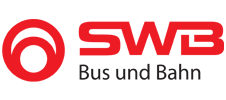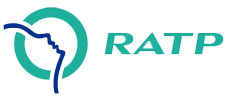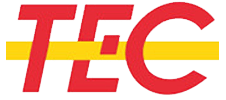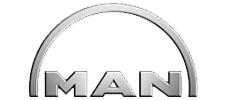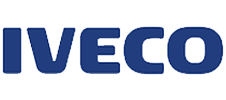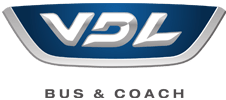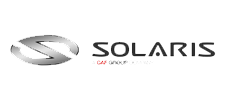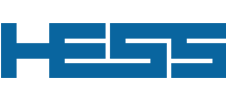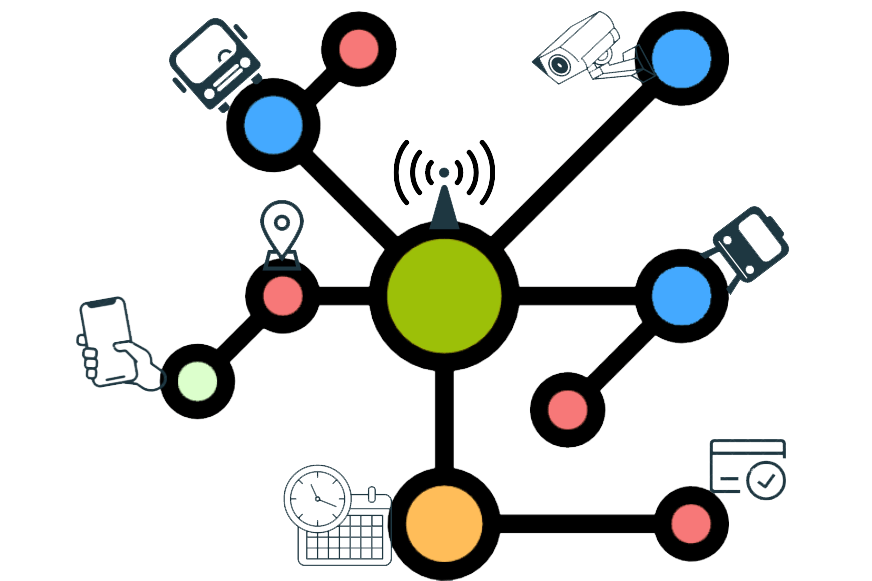
Digitalization in Public Transport Vehicles
Opportunities, Technological Requirements and Implementation of Digital Systems
Digitalization is revolutionizing the public transport sector, providing abundant opportunities to enhance services and improve efficiency. Transport companies are actively leveraging digital systems to transform their operations and address society’s mobility challenges. By embracing digital technologies, transport operators can improve services, optimize operations, and benefit both passengers and their business. International standards and Ethernet technology serve as the essential bridge to expedite the integration of transport operators into the digital world, enabling attractive offers, new revenue streams, and optimized driving operations.
The topics on this page:
Opportunities for Public Transport Through Digitalization
Increase Passenger Satisfaction
Public transport serves as a vital solution to meet mobility needs, particularly in urban areas. Digitalization has the power to strengthen the role of public transportation, benefiting both passengers and the environment. By embracing digital technologies, transport operators can offer more attractive services, bridge the gap in the “last mile” with flexible sharing services, and provide integrated multimodal platforms for seamless travel. Passenger satisfaction can be enhanced through location data for punctuality, real-time occupancy information, contactless payment options, networked video surveillance for security, and onboard Wi-Fi for longer journeys.
- Location data offers insights into vehicle punctuality and current connection options.
- Real-time occupancy data enables passengers to plan their journey comfortably.
- Contactless payment by card or smartphone ensures hassle-free travel, even across fare boundaries.
- Networked video surveillance enhances passenger security in vehicles.
- Passenger Wi-Fi is highly valued on buses and trains, particularly during long journeys.
Expanding the Role of Transport Operators Through Digitalization
Digitalization not only optimizes operational aspects but also presents opportunities for transport operators to evolve into platform and service companies. By harnessing live data from digitized vehicles, operators can achieve efficient route planning, optimal fleet management, and improved driving characteristics. Additionally, video data, when readily available, assists in various scenarios. Strategic networking with other sectors, such as energy supply, opens doors to new business opportunities, transforming transport operators into multifaceted service providers.
The benefits of digitalization for transport operators at a glance:
- Enhanced line planning based on real-time occupancy data, ensuring optimal resource allocation over time.
- Streamlined fleet management, coordinating maintenance work on vehicles for improved operational efficiency.
- Optimal vehicle dispatching to maximize passenger service by efficiently assigning vehicles based on demand.
- Optimization of drivers’ driving characteristics to reduce fuel consumption and enhance passenger comfort.
- Instant access to video data when needed, improving incident management and enhancing security measures.
- Strategic networking opportunities with other sectors like energy supply, fostering new business collaborations and diversification.
Technological Requirements for Digitalization in Public Transport
During daily journeys on public transportation, passengers interact with various systems, such as departure schedules, displays, ticket vending machines, and more. These systems need to be effectively coordinated to ensure a smooth and seamless experience. Let’s explore the technological aspects behind the coordination and exchange of data within public transport systems.
Ethernet: The Standard for Modern Data Networks
To manage large volumes of data efficiently and adhere to fixed standards, an efficient network infrastructure is required. In recent decades, the IEEE802.3 network standard, commonly known as Ethernet, has emerged as the preferred choice for complex data networks. Ethernet is valued for its robustness, scalability, bandwidth, and standardization, which includes specifications for transmission and compatibility with a wide range of devices, cables, and connectors.
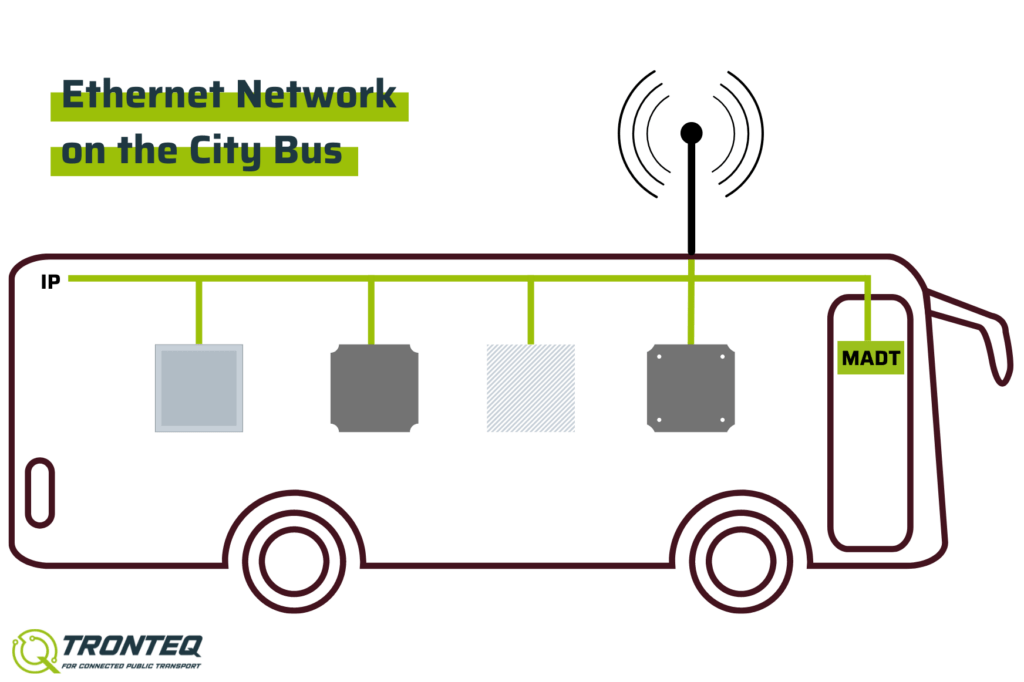
The Role of Ethernet in Public Transport
Ethernet-based network solutions are widely favored in buses, trams, and subways. These vehicles are equipped with routers that establish a wireless connection to the central control center, where data from the entire urban traffic system converges. This data is synchronized, updated, and displayed to passengers through onboard displays. Achieving this requires the networking of all systems within the vehicles.
Layers of Device Communication
A network represents the connection of multiple devices sharing the same infrastructure and resources and communicating through network protocols. The Open Systems Interconnection (OSI) model, with its seven layers, illustrates the division of communication.
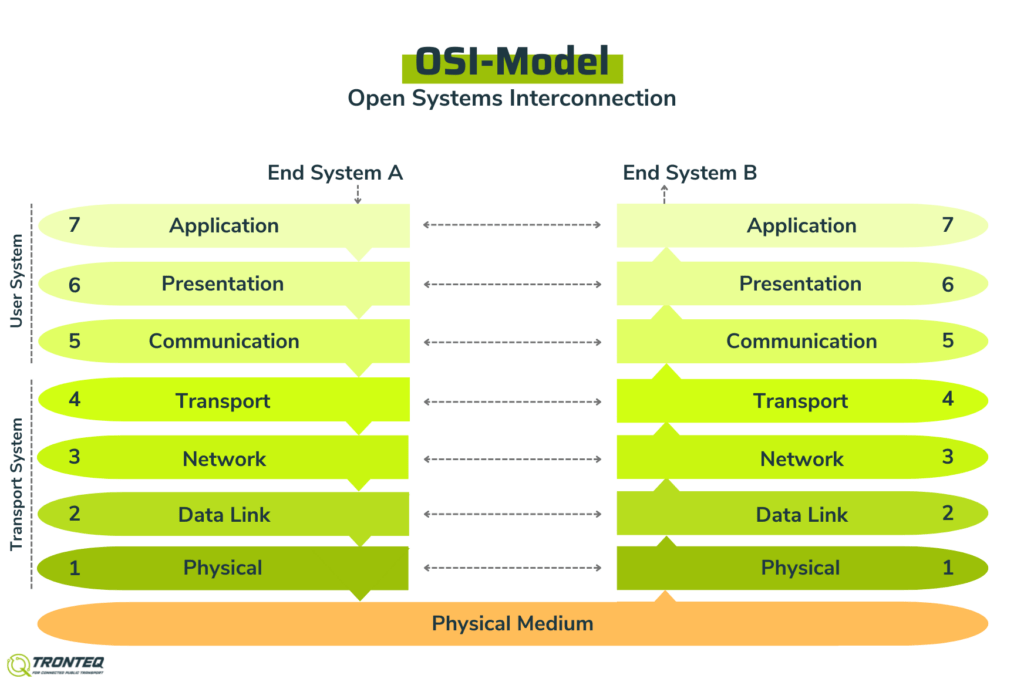
Ethernet Layers
The Ethernet standard encompasses two essential layers: Layer 1 and Layer 2. Layer 1, referred to as the “physical layer,” facilitates the physical transmission of data using technologies like optical fiber or copper wire. For instance, signal transmission can occur through twisted pairs (TP).
Layer 2, known as the “data link layer,” ensures reliable connection. To maintain a high level of data transmission accuracy, information is divided into blocks known as (Ethernet) frames. Additionally, Layer 2 assigns a unique MAC (Media Access Control) address to each network node. MAC addresses serve as identifiers and are used to address devices on Layer 2. They are globally unique and often physically attached to devices for identification purposes.
The Role of Ethernet Switches in Device Communication
In public transport vehicles, a wide range of devices such as cameras for monitoring the passenger compartment, passenger information systems, payment systems, video recorders, the central vehicle control system, and routers need to be integrated into a cohesive network. To accomplish this, specialized Ethernet switches designed for public transport vehicles are used as data switches. These switches operate at Layer 2 of the Ethernet standard and play a crucial role in connecting network nodes and facilitating error-free data transmission. By storing and forwarding data frames after determining the destination MAC address, these switches ensure efficient communication among the networked devices. This level of integration becomes even more significant considering that buses often require networking more than 20 devices together.
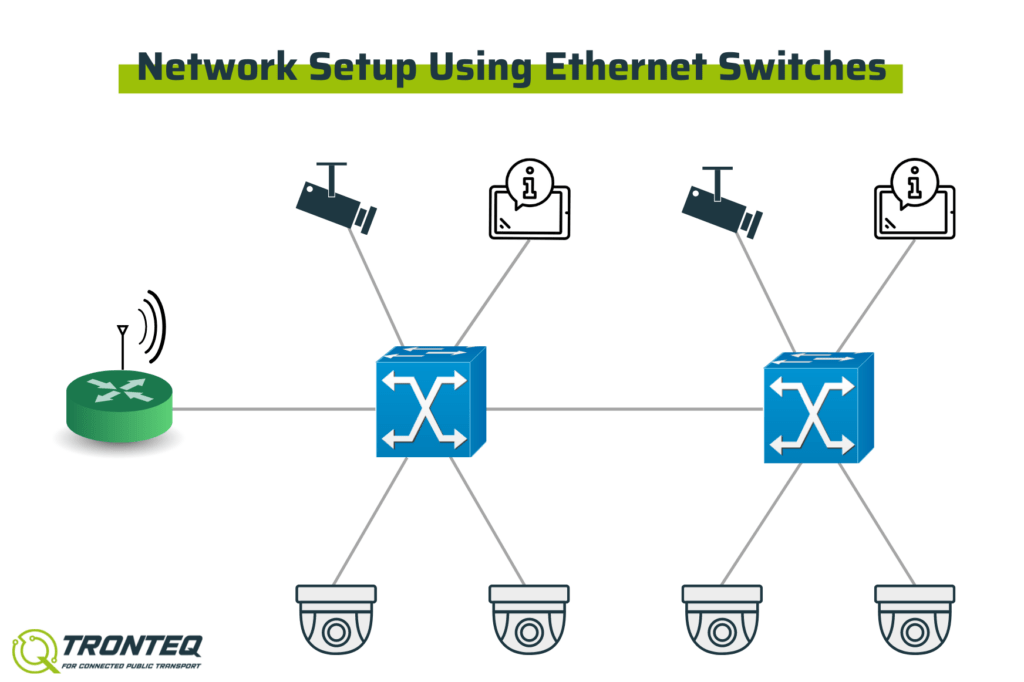
From a technical standpoint, these switches are classified as Layer 2 Ethernet switches. Their primary function is twofold: connecting network nodes at Layer 1 and ensuring error-free transmission of data at Layer 2. To achieve this, the switch receives data frames, stores them, and then forwards them based on the destination MAC address. This technology, commonly referred to as “store and forward,” guarantees the reliable and accurate transmission of data within the network.
Data Transmission with Fast Ethernet and Gigabit Switches
In modern Ethernet switches, data processing takes place directly in the hardware, resulting in negligible latency (µs/ms range). Common transmission speeds encountered are 100Mbit/s (Fast Ethernet) and 1Gbit/s (Gigabit Ethernet), supporting full-duplex transmission, where data is sent and received simultaneously. Fast Ethernet uses one twisted pair each for transmitting (TX) and receiving (RX), totaling four wires. Gigabit Ethernet, on the other hand, uses four twisted pairs, resulting in eight wires. With Gigabit Ethernet, each pair is used bidirectionally, allowing for efficient and high-speed data exchange within the network. Learn more about the difference between Fast Ethernet and Gigabit Ethernet here.
Building a Digital Infrastructure by Embracing Open and Ethernet-based Solutions
Standardization and open IT architecture, such as ITxPT, facilitate the successful implementation of digital technologies in the public transport industry. These standards enable compatibility and interoperability between IT systems, offering transport companies vendor independence and a wider range of components, ultimately leading to cost reduction.
Intelligent IP Networking with ROQSTAR M12 Ethernet Switches
When it comes to networking buses and trains, TRONTEQ’s M12 Ethernet switches, designed in accordance with ITxPT specifications, play a vital role. With a comprehensive product portfolio, we ensure intelligent IP networking in public transport, serving as the foundation for all functions and systems. The ROQSTAR Ethernet switch product family reflects our commitment to modern, open technologies, and industry standards. Rest assured, all ROQSTAR M12 Ethernet switches are rigorously tested and ITxPT certified.
Partnering for Success: Optimizing IP Networks for Transport Operators
At TRONTEQ, we go beyond being a mere supplier. We consider ourselves partners to transport companies, working hand-in-hand to address their unique needs and harness the full potential of technology. Our team of experts offers personalized consulting, leveraging our extensive experience in IP networks. From developing cutting-edge tools to delivering innovative solutions, we add value at every stage of network design for buses and trams.
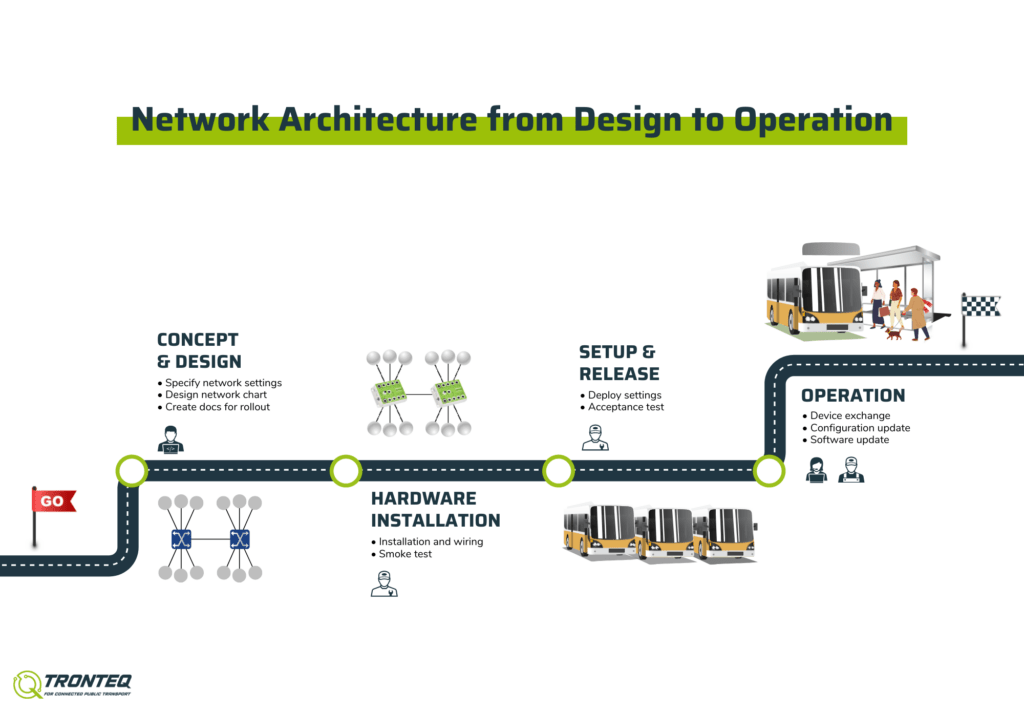
Seize the Opportunities of Digital Transformation with TRONTEQ!
Make the most of digital transformation in public transport with TRONTEQ as your trusted partner. Together, we can revolutionize your network architecture, optimize operations, and enhance passenger experiences. Contact us today to explore how our M12 Ethernet switches and expertise can empower your transport business. Let’s embark on a journey towards a smarter, more efficient future.

Juri Martinevski
Related Resources
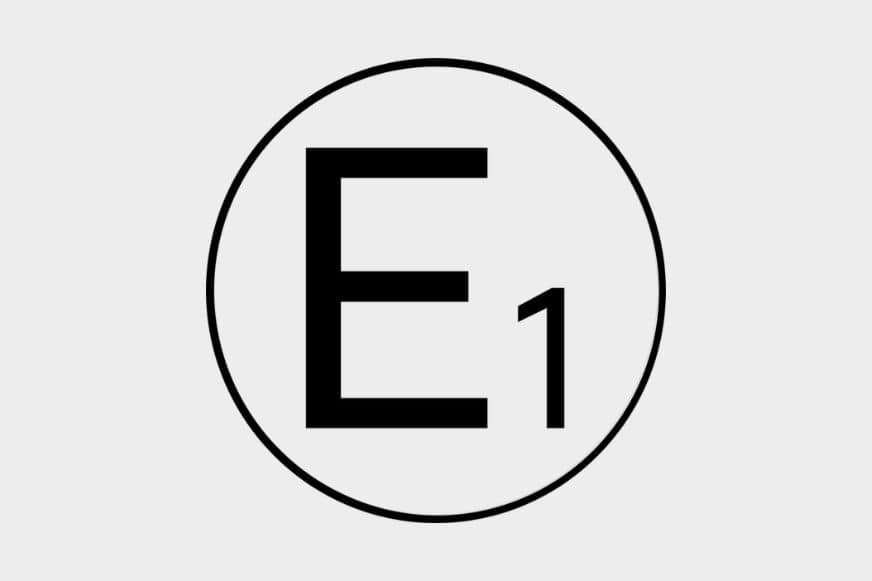
The E-mark in Public Transport
The E-mark ensures that road vehicles and their installed components adhere to stringent safety and environmental standards.
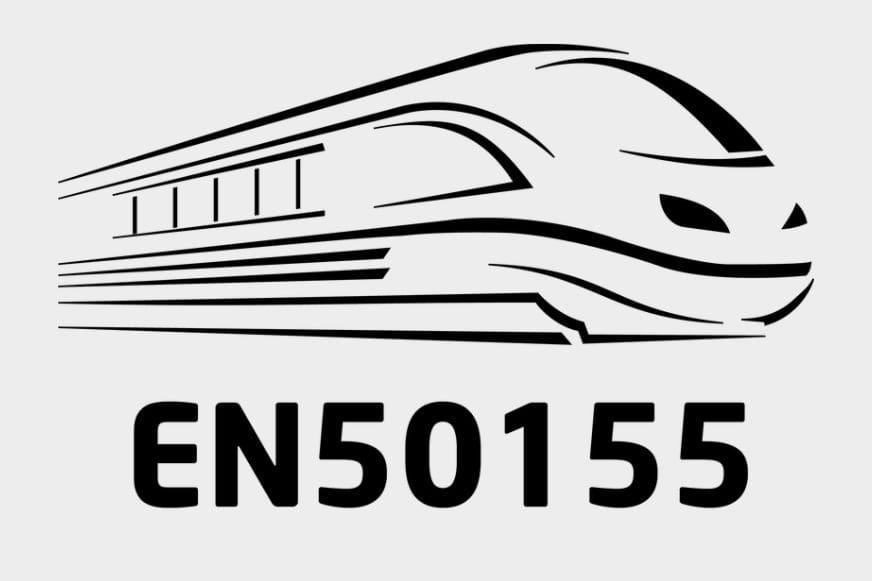
The EN 50155 Railroad Standard
The European standard EN 50155 certifies the suitability of electronic devices for use in rail vehicles.
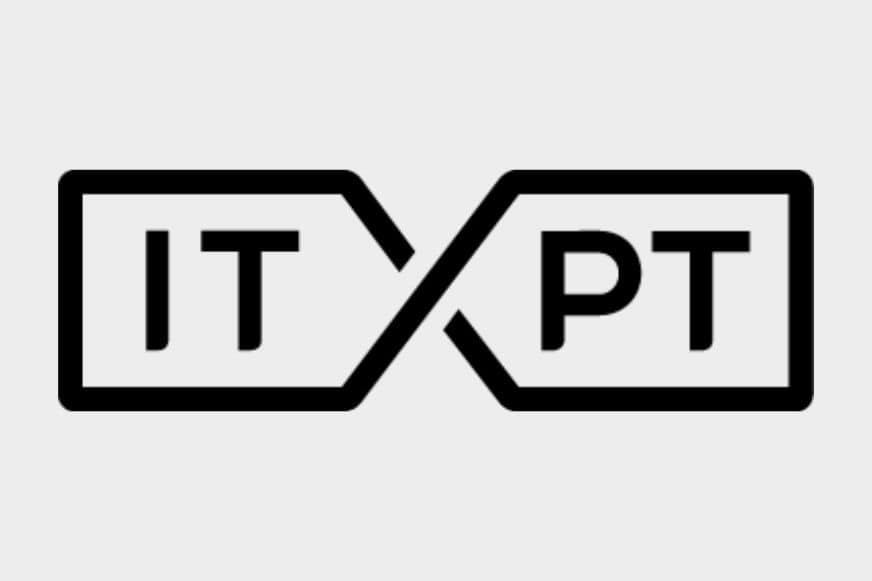
The ITxPT Standard
With ITxPT, public transport operators can benefit from simplified handling of their vehicle systems.
These Customers Rely on Our M12 Ethernet Switches
